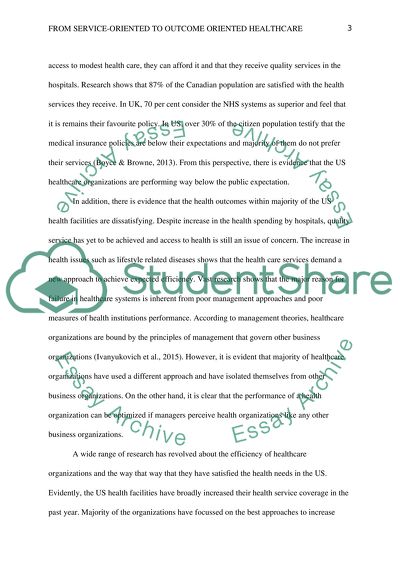Cite this document
(“Shift from Service-Oriented to Outcome Oriented Healthcare Coursework”, n.d.)
Shift from Service-Oriented to Outcome Oriented Healthcare Coursework. Retrieved from https://studentshare.org/nursing/1679142-shift-from-service-oriented-to-outcome-oriented-healthcare
Shift from Service-Oriented to Outcome Oriented Healthcare Coursework. Retrieved from https://studentshare.org/nursing/1679142-shift-from-service-oriented-to-outcome-oriented-healthcare
(Shift from Service-Oriented to Outcome Oriented Healthcare Coursework)
Shift from Service-Oriented to Outcome Oriented Healthcare Coursework. https://studentshare.org/nursing/1679142-shift-from-service-oriented-to-outcome-oriented-healthcare.
Shift from Service-Oriented to Outcome Oriented Healthcare Coursework. https://studentshare.org/nursing/1679142-shift-from-service-oriented-to-outcome-oriented-healthcare.
“Shift from Service-Oriented to Outcome Oriented Healthcare Coursework”, n.d. https://studentshare.org/nursing/1679142-shift-from-service-oriented-to-outcome-oriented-healthcare.


